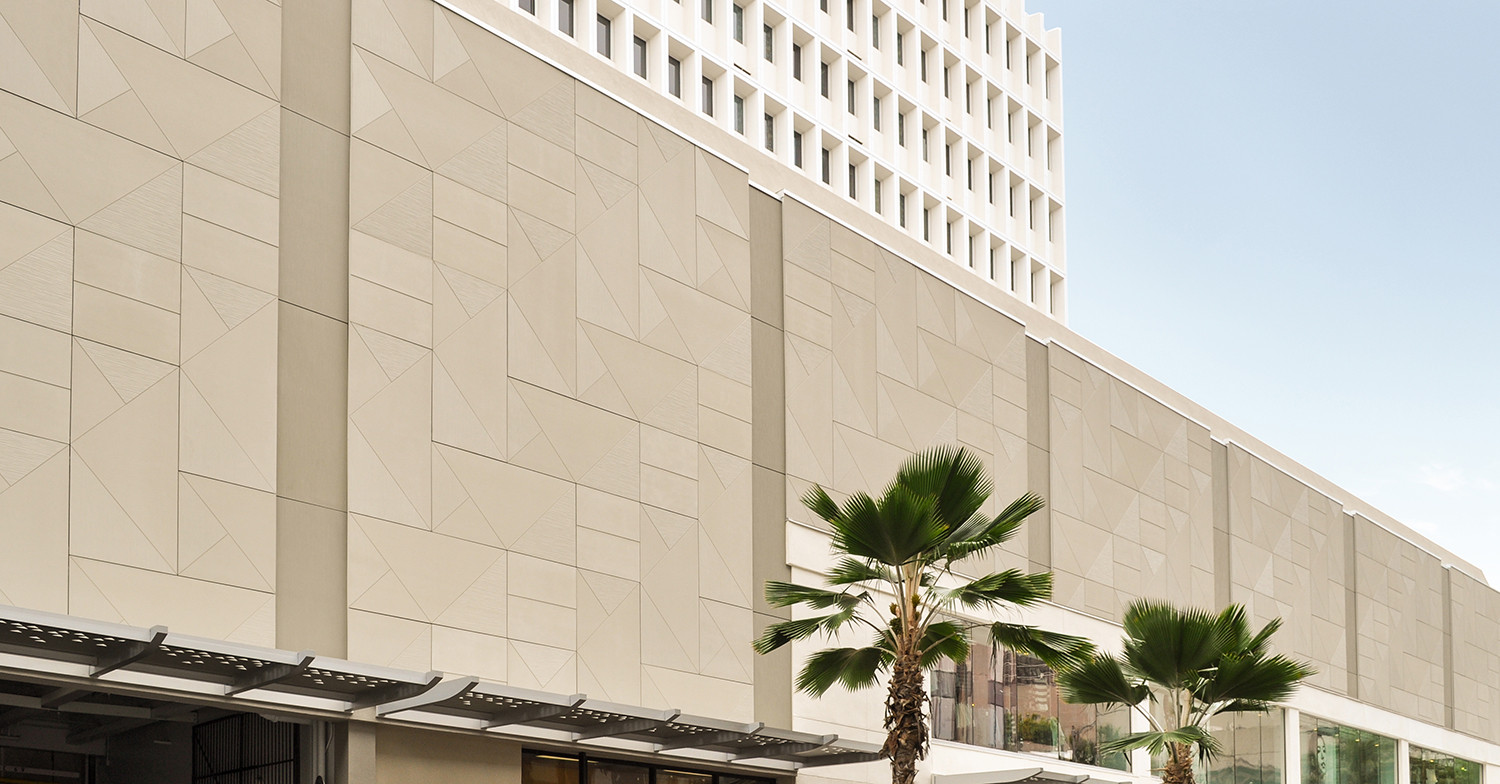
It's no secret that among the architecture profession's biggest sources of guilt is our reliance on concrete in a huge number of the buildings that we have a hand in creating. Architects are more likely than most to be aware of the environmental implications of the material, and yet we continue to use it at an alarming rate. But what alternatives are there in order to do our job? In an article for Forbes, Laurie Winkless runs down a list of three alternatives that stand a good chance of changing the face of concrete construction.



